Last update September 4, 2025
Japanese Food - Miso -

Miso
みそ, 味噌
Soybean Paste
A book on medicine in the Edo Period (1603 - 1867) says Miso soup is a “doctor-killer”; namely, a bowl a day keeps a doctor away. Its health benefits seem true even today -- except that excessive salt intake should be warned. Just like Shōyu, it’s made from steamed and fermented soybeans, and it’s a champion of Japanese cooking ingredients. Depending on which type of Koji (a fermentation starter) used, there are three kinds: rice, barley, and bean. Colour-wise, the products can be divided into three: Aka Miso (reddish), Shiro Miso (whitish), and a hybrid of them. Of course, the taste changes depending on the ingredients and process. A larger amount of cereal-derived Koji enhances the sweetness, while soybean Koji helps increase the amino acid-based Umami (savoriness). So a tip is: Try various types and even mix them by tuning your particular and original bowl of Miso Shiru (soup) every day!
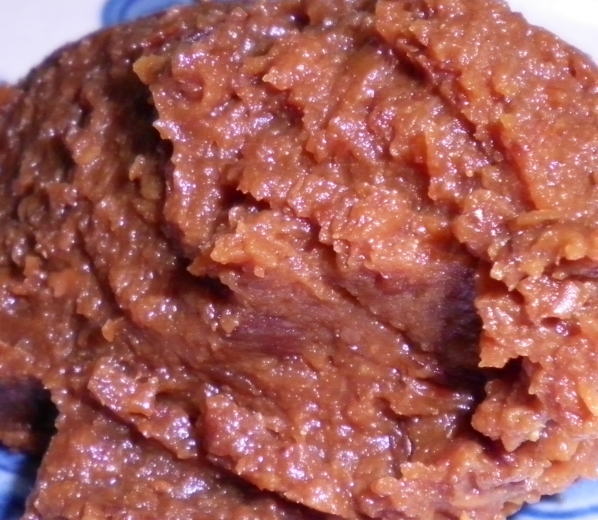
Mugi Miso, made from barley.
|
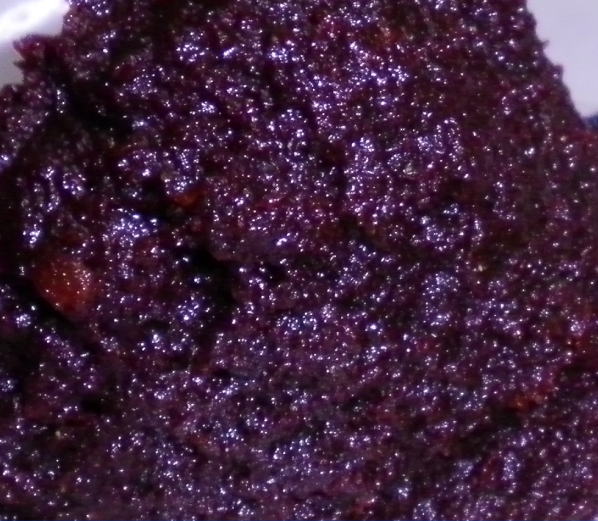
Aka Miso or red Miso.
|
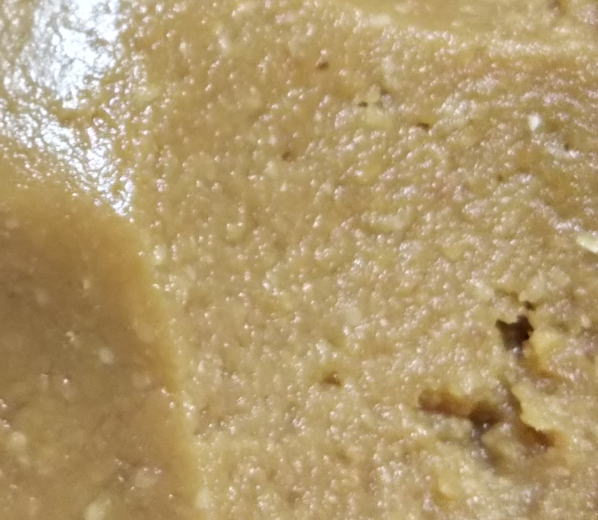
Shiro Miso or white Miso.
|
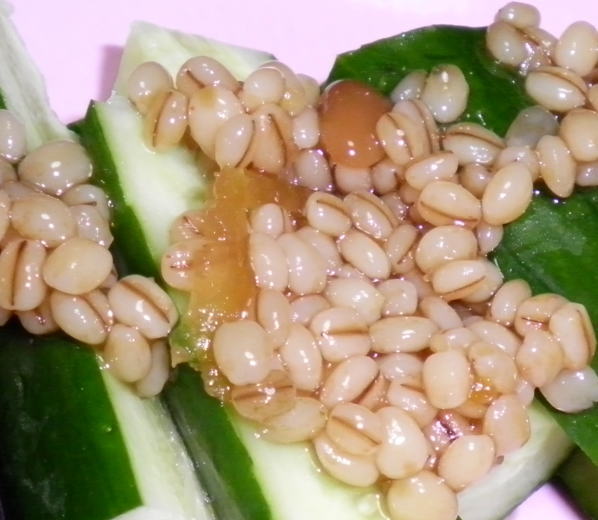
Morokyu with Moromi Miso (fermented Miso ingredients) sprinkled over cucumber.
|
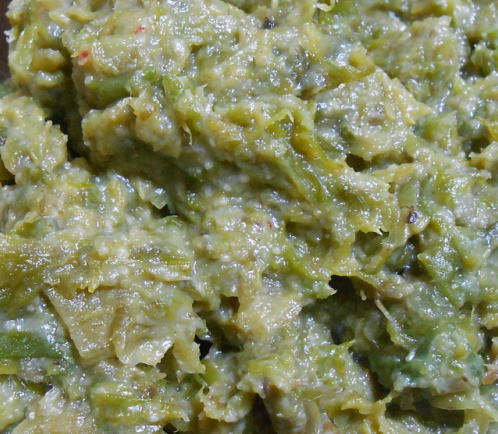
Fuki Miso made of Fuki No Tō and Miso.
|
|

Mugi Miso, made from barley.

Aka Miso or red Miso.

Shiro Miso or white Miso.

Morokyu with Moromi Miso (fermented Miso ingredients) sprinkled over cucumber.

Fuki Miso made of Fuki No Tō and Miso.
|
|






















